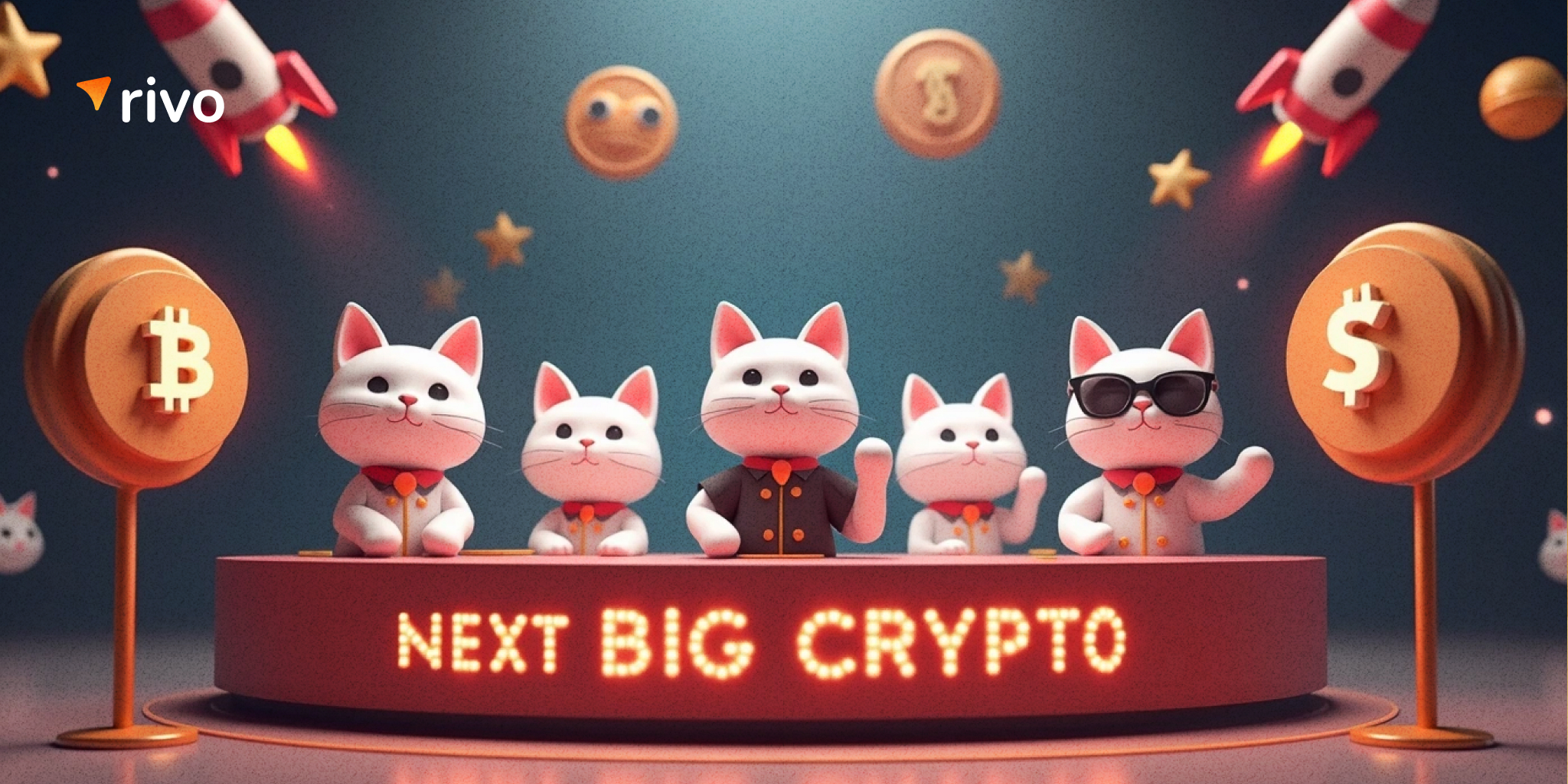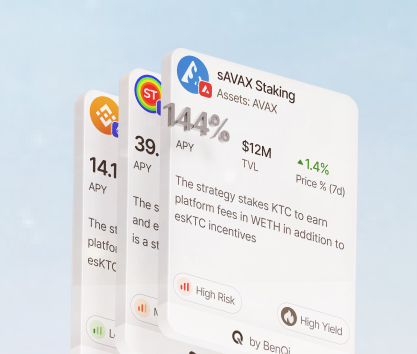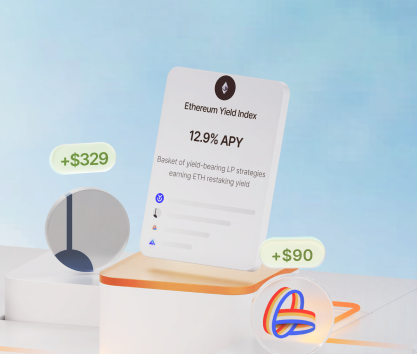A cryptocurrency is not something tangible. However, it can have value without actually having any physical manifestation. Some crypto enthusiasts may argue that a key written on a piece of paper is akin to a banknote, but these are semantic arguments that ultimately lead us nowhere. The main thing that must concern DeFi users is that the value of a crypto token is often defined by its ability to safely store information without it being tampered with by any party, even an authorized one.
DeFi cryptocurrencies in 2025 are the foundation of the whole decentralized finance sector. These digital assets serve many purposes. While the vast majority of investors perceive them as a storage of value or a tradable asset, many have utility or can be used for governance voting. It means that there is an additional layer of complexity that covers the monetary function.
The long road to tokenized assets in blockchain
In 2008, Bitcoin became the first decentralized currency that exists as a distributed ledger. The idea was that we needed a new form of money that would be resistant to censorship or tampering. The fear of the consequences of the 2008 financial crisis that could devastate the global economy pushed a group of tech geeks to develop a new currency that would use blockchain technology as its foundation.
Today, many crypto enthusiasts are closely familiar with zk-SNARKS and cross-chain bridges, as well as many other new terms and instruments that were novel just a couple of decades ago. For instance, a zk-SNARK is a method of cryptographically proving that two parties have access to the same information without revealing that information.
The existence of this “zero-knowledge” proof protocol allows users in a blockchain to interact in a trustless and permissionless environment. This design, in various forms, is used across the whole DeFi ecosystem to build an environment where the need for intermediaries, overseeing institutions, and other unnecessary components is completely removed.
Ethereum and Solana in DeFi
While Bitcoin was revolutionary, it was also severely limited by its design. To this day, low throughput and limited scalability slow down adoption and prevent it from being used as money. Instead, the vast majority of adopters perceive Bitcoin as a store of value that one should be holding indefinitely.
The whole crypto ecosystem needed something new. The introduction of Ethereum by Vitalik Buterin changed the game forever. Ethereum is a more flexible blockchain infrastructure that works as a foundation for new decentralized protocols, services, and platforms. Today, Ethereum Virtual Machine (EVM) is used as a universal standard for DeFi development.
Solana is another such blockchain that has even more freedom for developers and users. It is cheaper than Ethereum and allows many startups to roll out products faster and in a more agile manner. However, it is also the main reason why this particular chain has so many memecoins, questionable projects, and pump-and-dump schemes. Solana is a great place for many different types of investors.
Cryptocurrencies are incredibly important for the whole global economy and even politics. However, there are some important advantages that they bring to the table when it comes to the expansion of the DeFi sector:
- True financial sovereignty. Many crypto enthusiasts are libertarians in their political views. They want a small government that cannot control their finances among many other things. The overwhelming majority of cryptocurrencies are designed to be used in self-custody with users having total control over their capital at all times.
- Borderless transactions. Right now, the only true borders exist between some chains. Geographically, we have never had a better solution for international remittances, fast cross-border payments, and quick banking. This freedom is the main reason why many DeFi users are excited about using these tools, and institutions are so afraid.
- Effortless implementation of new tech. Artificial intelligence seems to be the hottest thing in the world of technology. Agentic AI can be used for a wide range of purposes within the DeFi sector. For instance, we are already seeing how AI optimizes liquidity management in DeFi as some protocols are integrating smart systems to manage their pools.
- Disrupting traditional finances and removing oversight. While it can be beneficial to control cash flows, it is also a very limiting factor that can be used too aggressively by institutions. For instance, international sanctions affect people globally while targeting certain governments. Individuals can still access financial services and instruments despite these prohibitions. The impact of global regulatory decisions on the availability of DeFi services is notable but not devastating.
These advantages make cryptocurrencies incredibly useful for millions of users from all over the world. With many protocols offering novel ways to interact with money and invest capital, the importance of digital assets continues growing. At the same time, the very future of decentralized finance depends on the success and adoption rates of various forms of cryptocurrencies.
Roadblocks and issues with the DeFi ecosystem
Despite the obvious benefits of cryptocurrencies, there are still many problems that must be addressed by developers and DeFi users.
Here are some of them:
- Difficult onboarding prevents faster adoption. Up to 30% of capital holders believe that the novelty of DeFi instruments and unfamiliar interfaces are the biggest challenges for newcomers. The complicated onboarding process can be quite damaging to the general success of the decentralized finance sector. The role of education in understanding complex DeFi mechanisms is huge.
- Unprecedented security risks. Cryptocurrencies are inherently safer than traditional money, but the safety comes from proper use, communal governance, and integrity of distributed data. People still make mistakes and send money to incorrect wallet addresses. Smart contracts may have bugs and exploitable vulnerabilities. DeFi security challenges are numerous and require novel ways of dealing with them.
- The absence or regulation is a double-edged sword. While it is great to have more freedom and lower costs due to the absence of oversight and intermediaries, the lack of consumer protections, expensive insurance, and the free-for-all nature of many financial operations make it hard for newcomers to get on board. So far, regulatory trends in DeFi have been quite tame, with many governments struggling to find a good approach to handling the ecosystem.
These are some of the biggest challenges for the sector. New and existing cryptocurrencies seem unfamiliar to newcomers and confuse lawmakers. However, it is possible for the international community of investors to create a better environment for everyone by addressing these problems and solving them in the near future.
Top DeFi coins for growth
Selecting the best investment opportunities in the complicated DeFi ecosystem can be a tough task even for experienced veterans who have seen it all. With over 25,000 cryptocurrencies, according to research by the UK government, and over 14,000 active ones, it is quite hard to find a true gem. Value is also a subjective thing in the world of digital assets. While some digital assets attract users with opportunities for speculation, others may appeal to certain demographics. For instance, environmental aspects of energy consumption of DeFi blockchains can be a big concern for some DeFi users.
To create a strategy that will produce reliable returns in the DeFi ecosystem, head to the Rivo Yield Marketplace and search for investment strategies that suit your preferences and risk style. All investment instruments in the marketplace are selected and verified by experts. You will be able to build a balanced portfolio using strategies that have been diligently researched by dedicated specialists!









